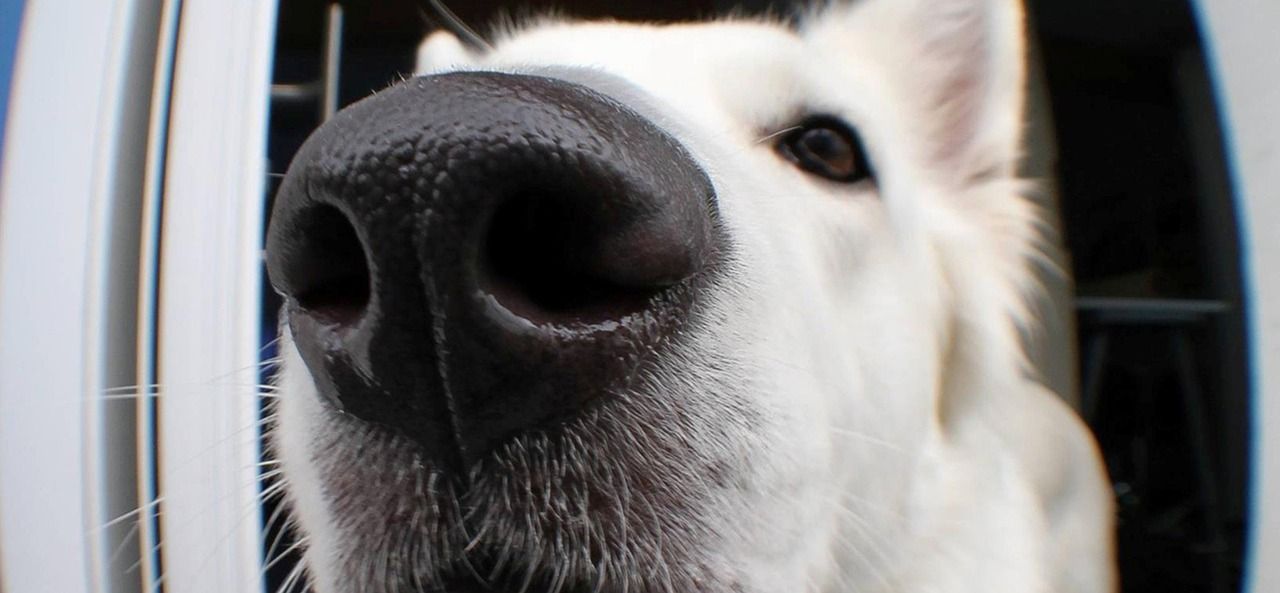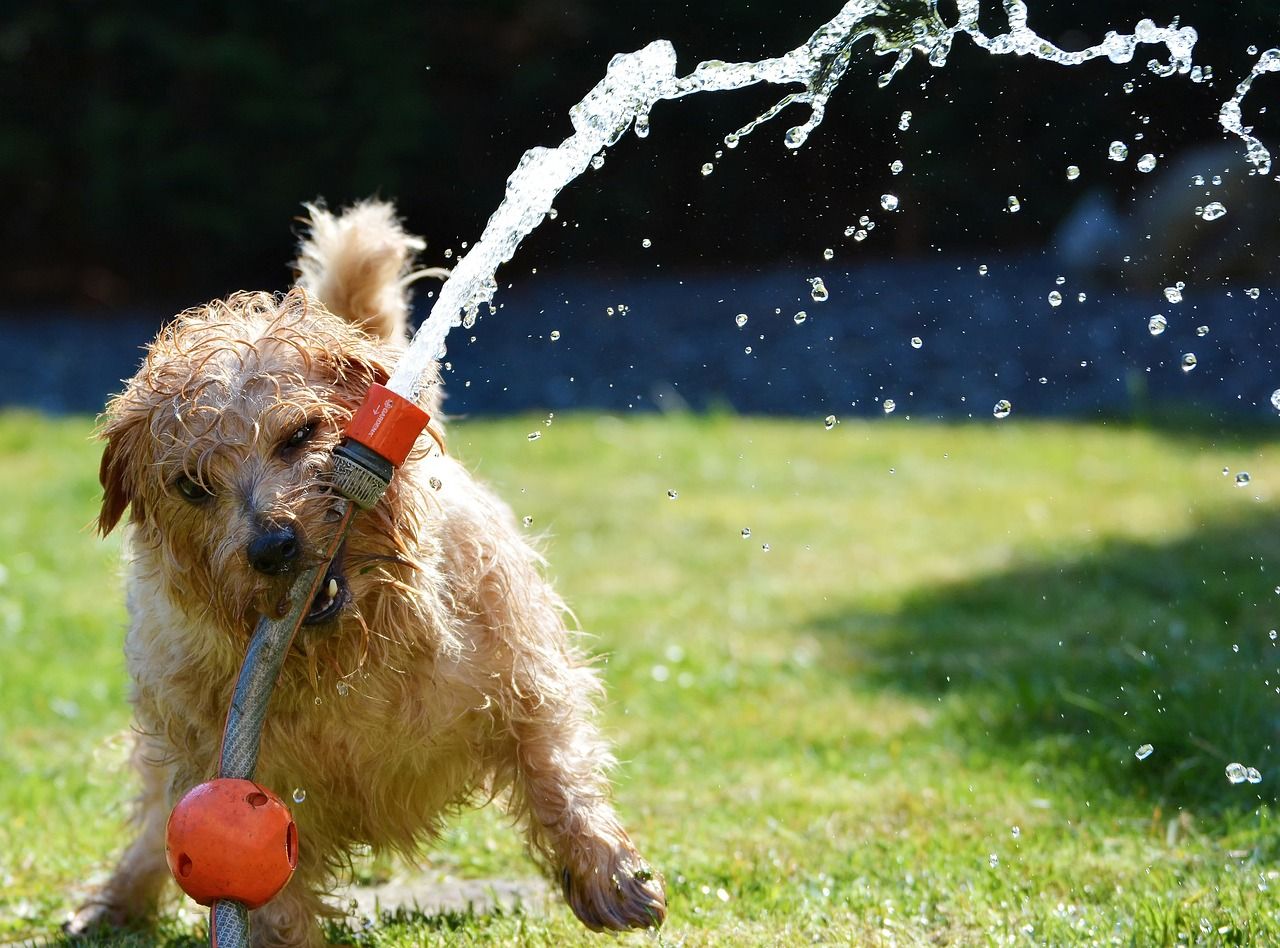Why your dog only listens when you have food

I want to talk about an important issue that I'm sure many of you have experienced: why your dog only seems to listen when you have food.
I know firsthand how frustrating it can be when your dog ignores you unless you have a treat in hand. But there's actually a reason behind this behavior, and once you understand it, you can start to work on breaking the habit. So read on to learn more about why your dog only listens when food is involved - and what you can do about it!
Have you ever wondered why your dog only seems to listen when you have food in your hand?
Have you ever seen that look your dog gives you when you whip out those treats? You know the one I'm talking about–their eyes light up and they seem to be begging, "please, please" with their ears perked up attentively. Training with treats is a common dog training technique–by rewarding good behavior with small treats or snacks, your pup learns that it's beneficial for them to continue performing that behavior.
There's no harm in giving a treat every single time your dog does something you like! The more often you reinforce behavior you like, the more often the dog will do it. But there are times when you might not have a food treat handy, and you want to still reward your dog to keep the behavior going strong. And it is a problem if the dog won't perform the behavior at all unless they see a treat in your hand.
Dogs are wired to search for food
If you're a dog trainer, you know that food is one of the most useful tools of dog training. Not because our furry friends are motivated solely by greed, but because dogs are scavengers, and food is necessary for their survival. That's why your pup is so eager to do whatever you want if they see a treat in the equation--they're just doing what comes naturally.
The mammal brain is an amazing organ, and one of the coolest things about it is its tendency to seek out new activity. This innate desire for stimulation is what drives people to try new things and take on new challenges. When we experience something novel, our brains release dopamine, which makes us feel good. That's why dogs tend to enjoy eating so much--not only does eating satisfy any hunger, it also triggers the release of dopamine in their brains.
When we train our dogs using food, we use these mechanisms to our advantage to show dogs that certain activities--the ones we want them to do--"pay" more than others.

Dogs understand if they want something, they can do what worked the last time
For living organisms, learning is all about cause and effect. Dogs are no exception! If they want something, they quickly learn that doing what worked the last time – popping their paw up for a belly rub or offering a sit – will almost always get them what they want.
The same goes for us people, too. When we're training our dogs with food in our hand, we tend to repeat this behavior because the dog does what we want. We need to change our behavior and take the food out of our hands! This way our dogs can learn that food rewards and other reinforcing activities are still available, even if the food isn't in our hands.
Instead of holding the food in your hand, try placing the food on a nearby table, or using a treat pouch. You can also adjust where the treat pouch sits on your body, so your dog doesn't get used to seeing it in the same location all the time.
Make a list of things your dog likes besides food
If your dog won't listen unless you have treats, then it's time to set up some alternate reinforcers.
What are some of your dog's favorite activities? You can use praise words you've already associated with food (I tend to say "Good JOB!" with a certain inflection), back, chest, or rump scratches, a favorite toy, or access to the outdoors or even playtime with another dog to reinforce the behavior you want during training.
For example, if your dog is walking beside you on a leash, you can reward them with verbal praise and a quick chest scratch, and deliver a treat. As the behavior is being established, start to reduce the treats in favor of the praise and chest scratch. Save the use of food for places where it is harder for the dog to walk calmly on lead.

Train your dog to listen to you, even when there's no food in sight
1. Start small and build up: Give your dog treats or rewards for even the smallest successes in training, such as looking at you when you call their name, or sitting when asked. Doing this will help your dog to understand that rewards do not always have to be visible, but can still be earned.
2. Make sure your reinforcement is varied: Provide a mix of treats, playtime activities, cuddles and affection as rewards for good behavior. This will ensure that your dog does not become overly reliant on food to perform the behavior.
3. Practice reinforcing your dog's behavior with something other than food: Once your pup has gotten accustomed to performing behavior with the help of treats, plan training sessions with your dog that use a mix of food and other activities your dog likes. This will help prevent your dog from relying on the presence of food to listen to you.
In conclusion, if your dog only seems to listen when there's food involved, don't despair! By changing up the location of your dog's treats, varying your treat delivery, creating additional reinforcers, and with consistent practice, you can teach your pup to be attentive with or without food in your hand.




